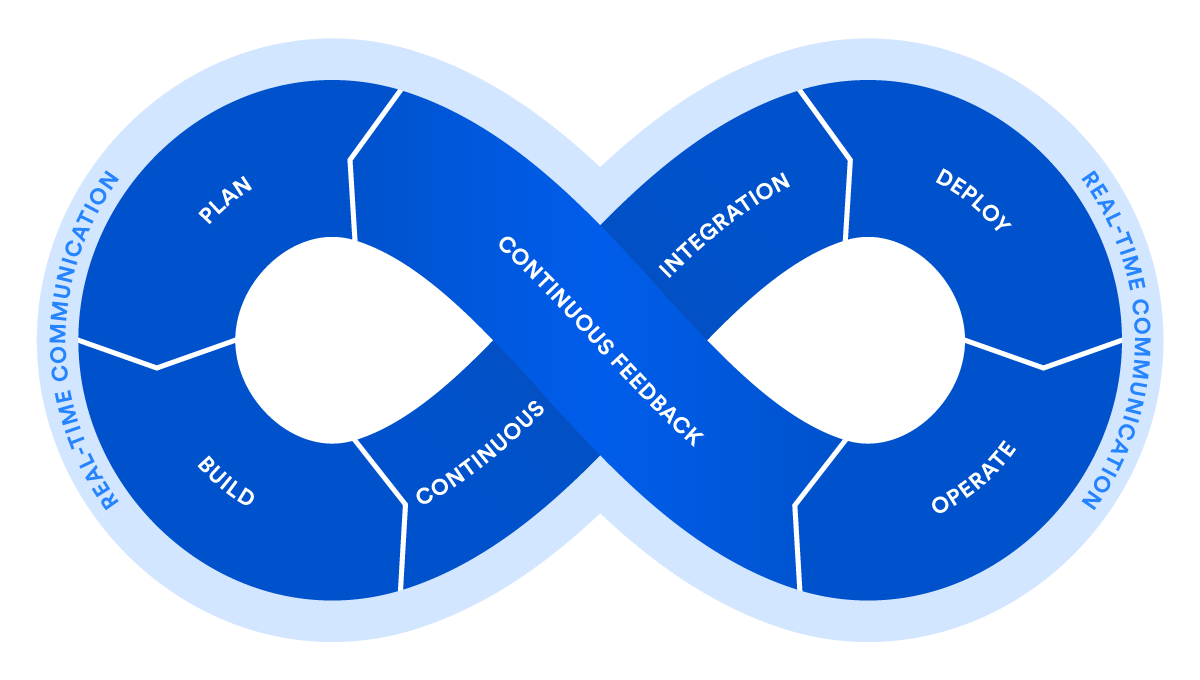
Introduction:
Continuous Integration (CI) is a cornerstone of modern software development, enhancing collaboration and ensuring code reliability. In this article, we’ll delve into key best practices for coding in a Continuous Integration environment, fostering efficient development and robust software delivery.
Automate Build Processes:
One of the fundamental principles of CI is the automation of build processes. Ensure that your build scripts are well-defined and easily reproducible. Automating builds not only saves time but also reduces the likelihood of errors introduced during manual processes. A reliable build process is the foundation for successful Continuous Integration.
Run Automated Tests:
Integrate automated testing into your CI pipeline to catch bugs early and maintain code quality. Automated tests, including unit tests, integration tests, and end-to-end tests, provide rapid feedback on the functionality of your code. Running tests automatically as part of the CI process ensures that any regressions are identified and addressed promptly.
Use Version Control Effectively:
Effective use of version control systems, such as Git, is crucial in a CI environment. Ensure that your team follows best practices for branching, merging, and commit messages. A well-organized version control system facilitates seamless integration of code changes and helps track the history of modifications, simplifying debugging and troubleshooting.
Maintain a Consistent Development Environment:
Consistency in the development environment is essential for reliable builds and tests. Use tools like Docker to encapsulate dependencies and create reproducible environments. This ensures that the code behaves consistently across different stages of the CI pipeline, from development to testing and deployment.
Monitor Code Quality Metrics:
Implement code quality metrics as part of your CI process. Tools like SonarQube or CodeClimate can analyze code for issues, measure code complexity, and provide valuable insights. Monitoring code quality metrics helps maintain a high standard of code and prevents the accumulation of technical debt over time.
Parallelize Build and Test Jobs:
Optimize your CI pipeline by parallelizing build and test jobs. This reduces the overall build time, allowing faster feedback to developers. Utilize the capabilities of your CI server to run multiple tasks concurrently, making the most efficient use of resources and accelerating the development cycle.
Establish Deployment Pipelines:
Extend your CI practices into Continuous Deployment (CD) by establishing deployment pipelines. Automate the deployment process to various environments, from staging to production. Define clear deployment pipelines that include testing at each stage, ensuring that only thoroughly validated code progresses to the next phase.
Implement Rollback Mechanisms:
In the event of a deployment issue or unexpected behavior in production, having rollback mechanisms is crucial. Implement automated rollback procedures to revert to the previous stable version quickly. This minimizes downtime and ensures a more resilient and responsive software delivery process.
Encourage Collaboration and Communication:
CI is not just about automation; it’s also about fostering collaboration and communication among team members. Ensure that developers are informed about build and test results through notifications. Establish clear communication channels for discussing issues and improvements identified during the CI process.
Regularly Review and Improve CI Practices:
Continuous improvement is at the core of CI. Regularly review and analyze your CI practices. Seek feedback from the development team and stakeholders to identify areas for enhancement. Embrace a culture of continuous learning and refinement, ensuring that your CI practices evolve with the changing needs of your development projects.
To learn more about Continuous Integration Best Practices Tips for Coding, visit boydmillerwebdesign.com.



![Average Renovation Costs in [Your Location] Average Renovation Costs in [Your Location]](https://images.unsplash.com/photo-1517103278237-421a1cb020fa?fm=jpg&q=60&w=3000&ixlib=rb-4.0.3&ixid=M3wxMjA3fDB8MHxzZWFyY2h8M3x8aG93JTIwbXVjaCUyMHJlbm92YXRpb24lMjBjb3N0fGVufDB8MHwwfHx8Mg%3D%3D)






